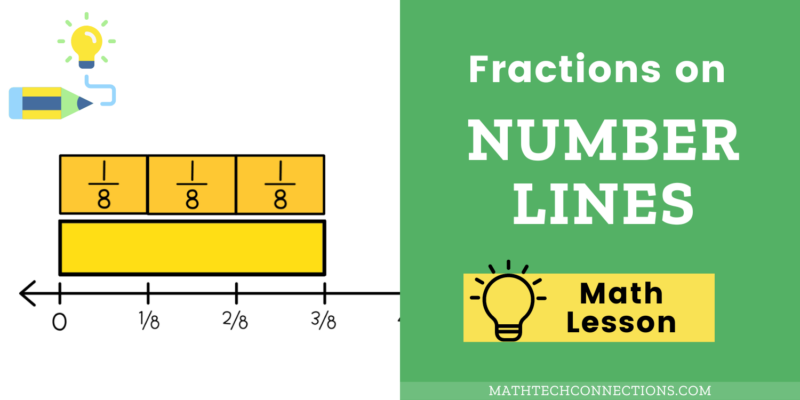
Objective: Students will use unit fractions to build non-unit fractions on number lines, and students will use unit fractions to locate points on a number line.
Vocabulary: numerator, denominator, fraction, unit fraction, whole, equal parts, partitions
Warm up Questions:
- How are non-unit fractions different from unit fractions?
- Explain what the numerator and denominator stand for in any fraction.
Fractions can be represented as part of the area of a shape.
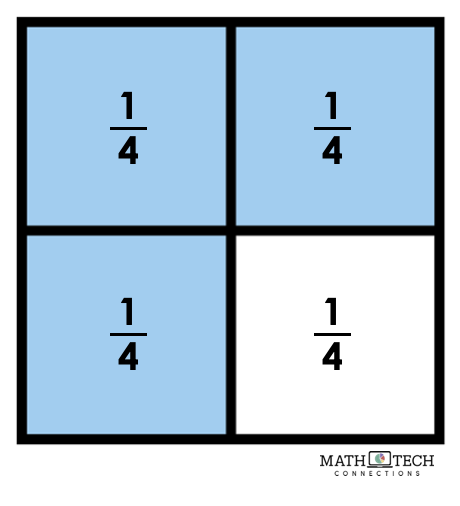
The square is divided into 4 fourths.
The fraction that represents the whole is 4/4.
The unit fraction is 1/4 .
3/4 of the area of the square is shaded blue.
Fractions can be represented on a number line.
Think of the number line as a shape, like the purple bar.

What fraction is represented by the purple bar?
The number line is partitioned into 6 sixths.
The purple bar only goes to the 5/6 point.
Let’s try another fraction.
If the number line represents 1, what will the denominator be for fractions of the whole?

The number line is partitioned into eighths, so the denominator will be 8.
Think of the number line like a shape, like the fraction strip. Each portion of the number line is a unit fraction, 1/8.
There are 8/8 in all.
A fraction is a collection of unit fractions.
What fraction represents the length of the yellow fraction strip?

The fraction strip is 3/8 of the whole.
The fraction strip starts at zero and takes up 3 unit fractions.
Sometimes you might work with fractions on a number line without a partition for 1 whole.

If the blue strip = 1/4 , where would 3/4 be on the number line?
You can find 3/4 by making a strip with 3 fourths.
Sometimes you might work with fractions on a number line that is longer than 1 whole.

What is the unit fraction of the fraction strip? What fraction represents the whole strip?
1 is partitioned into fourths, so the unit fraction is 1/4.
There are 7 fourths in the fraction strip, so the fraction is 7/4.
The partitions on the number line will match the partitions ofthe fraction strip.
Equal Sharing
4 friends are sharing 2 pieces of red licorice. How much licorice will each person get?

Each person will get 1/2 of a piece of licorice.
If each piece of licorice is cut into 2 pieces, there will be 4 halves and each person will get 1 half!
Error Analysis
What’s the mistake?
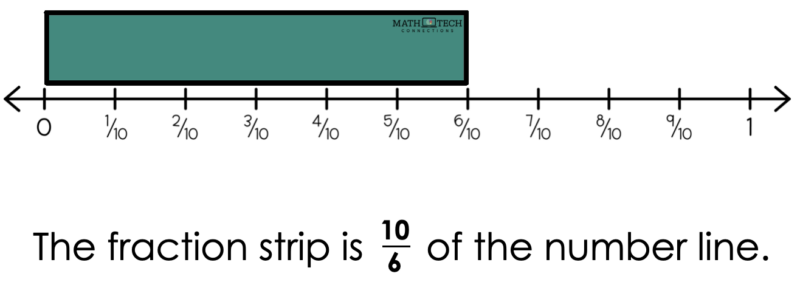
The fraction 10/6 is written upside down.
The green strip ends at the fraction 6/10.
There is one whole partitioned into tenths.
10/6 would be a number line partitioned into sixths, and a fraction strip longer than 1.
Closing Questions:
- How are number line fractions different from area model fractions?
- What do you notice about fractions that are greater than one?
Resources to Introduce Fractions
The lesson from this blog post is part of our 3rd Grade Math Curriculum. Want more lessons like this one? Click here to view the editable mini-lessons.
















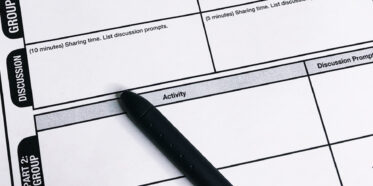

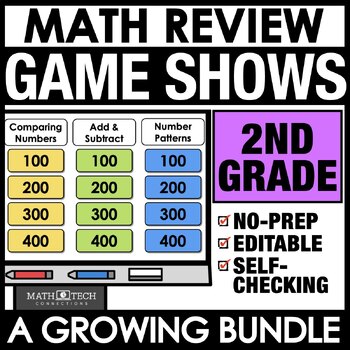
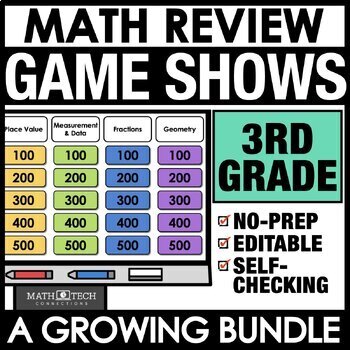
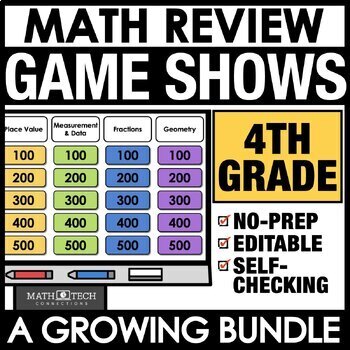


Leave a Comment